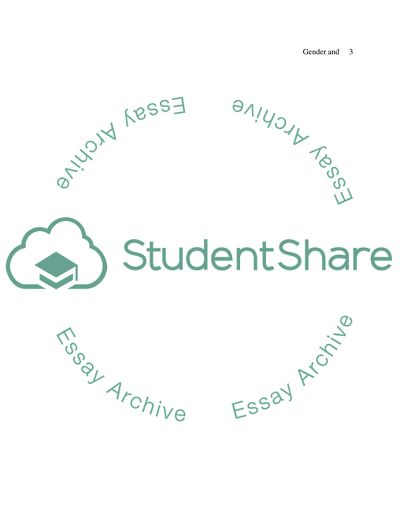Cite this document
(“Gender and Autism Spectrum Disorders Essay Example | Topics and Well Written Essays - 2000 words”, n.d.)
Gender and Autism Spectrum Disorders Essay Example | Topics and Well Written Essays - 2000 words. Retrieved from https://studentshare.org/health-sciences-medicine/1564577-assignment-1-current-issues-in-disability-studies
Gender and Autism Spectrum Disorders Essay Example | Topics and Well Written Essays - 2000 words. Retrieved from https://studentshare.org/health-sciences-medicine/1564577-assignment-1-current-issues-in-disability-studies
(Gender and Autism Spectrum Disorders Essay Example | Topics and Well Written Essays - 2000 Words)
Gender and Autism Spectrum Disorders Essay Example | Topics and Well Written Essays - 2000 Words. https://studentshare.org/health-sciences-medicine/1564577-assignment-1-current-issues-in-disability-studies.
Gender and Autism Spectrum Disorders Essay Example | Topics and Well Written Essays - 2000 Words. https://studentshare.org/health-sciences-medicine/1564577-assignment-1-current-issues-in-disability-studies.
“Gender and Autism Spectrum Disorders Essay Example | Topics and Well Written Essays - 2000 Words”, n.d. https://studentshare.org/health-sciences-medicine/1564577-assignment-1-current-issues-in-disability-studies.


